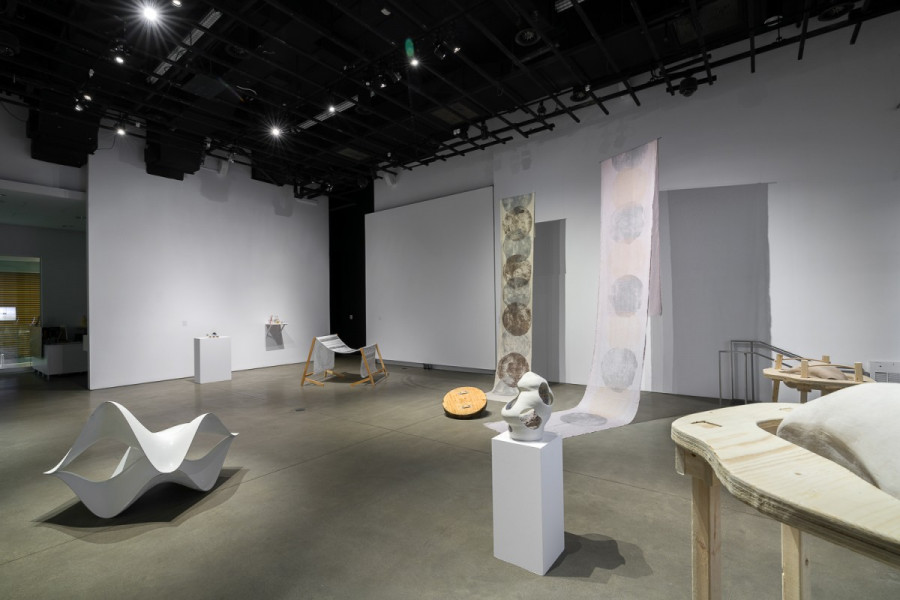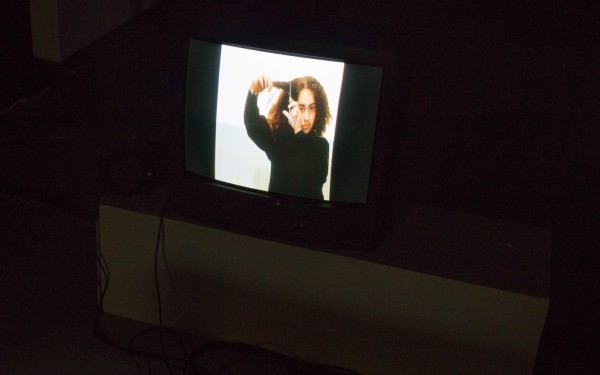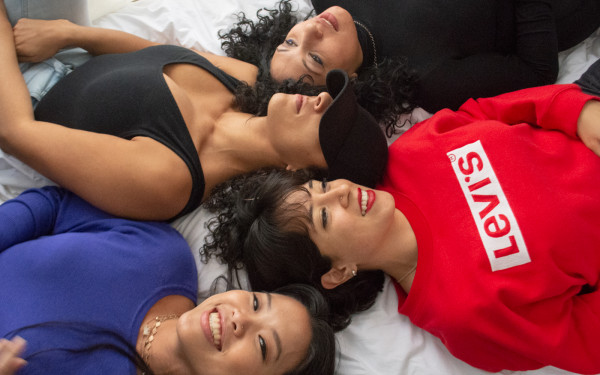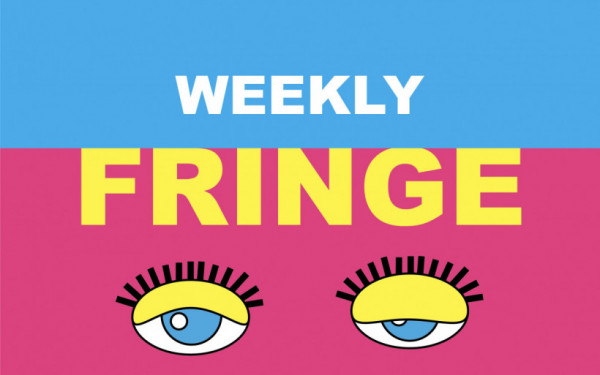A Guide to Concordia’s Art Galleries
Introducing the VAV Gallery, FOFA Gallery, and Media Gallery
There’s no shortage of creative resourceful minds at Concordia and their artwork can be found all over campus.
Don’t shy away from cracking the door open and taking a look—everyone is welcome and it’s free. They are calm, engaging atmospheres that can help students relax and recharge in between classes.
“I think anyone should be able to enjoy art even if you’re not a Fine Arts student, or if you don’t have an art education or background,” said Eva Morrison, an artist exhibiting in the Visual Arts Visuels’ upcoming exhibition Smelted. “All of the arts interlace with each other, I find. There are things that people will be able to take from the show that [relate] to other aspects of their life.”
VAV Gallery
(1395 René-Lévesque Blvd. W.)
The VAV Gallery the work of undergraduate students and is coordinated by three Fine Arts students who come in fresh-faced every year.
It’s a professional environment where students get a valuable hands-on gallery experience, and a space where creativity and ideas effervesce.
“I think it’s great that it’s student-run because everyone is kind of on the same level of experience,” said Morrison. “People are ready to help each other and figure out how it’s going to be beneficial to everybody, how your show is going to be truly your own show, because it’s coming from the student body.”
Between Aug. 20 and Sept. 7, you can visit their upcoming exhibition Smelted, a look into personal identity. Their finissage event on Sept. 6 is a great way to explore the gallery and meet the artists in a casual atmosphere.
“There’s a lot going on in [Smelted],” said Susan E. Callender, the VAV’s outreach coordinator. “It’s all based around identity, and a lot of the artists are working around ideas of queer identity and finding home in self, through [these] more playful approaches.”
Isaac Smeele, who studies painting and drawing, will be showcasing his piece “Candyland.” The 18 by 24 inch piece is made with “alternative materials” such as candy, food, garbage, and moss.
“I think that [craft] has a place within fine arts,” explained Smeele. “That’s why I wanted to incorporate these weird materials that are generally used in gingerbread house making—usually that’s the art that uses candy. I also wanted it to be representative of gluttony and overconsumption.”
Undergraduate students who are enrolled in at least three credits for the academic year in the faculty of Fine Arts can submit their work. There is no theme or direction prior to receiving the submissions.
“We’re just really receiving what a community is already working on,” said Callender. “[We’re] trying to encourage that community to produce the best thing they possibly can.”
“I think anyone should be able to enjoy art even if you’re not a Fine Arts student, or if you don’t have an art education or background.” —Eva Morrison
While the VAV receives a lot of visual art, explained Callender, the coordinators want to incorporate more of the other mediums, such as sound art, intermedia, dance, mixed media and performance.
Morrison’s pieces “Perivolos,” Pecs,” Fira,” and “Perissa” can also be seen in Smelted. The four oil paintings are inspired by Freudian theory, she explained.
“In my pieces I’m pretty much exploring how memories and dreams and collective memories of different people and cultural groups can morph into something you’ve actually known that becomes the uncanny, the eerie, or the uncomfortable,” said Morrison.
Callender said they want to “[make] sure that people know they’re welcome here, and make sure people know that it’s a critical space. You’re opening yourself up to everyone else’s view of your work.”
“It’s not a space where certain identities are held back or restricted from exhibiting in any way, or have their work spoken of or thought of as lesser than,” they added. “We try to make sure people can all be elevated to the same platform.”
There are many opportunities for students to get involved. You can take part in the gallery’s subcommittees, such as the fundraising committee. You can also attend their general meeting on Sept. 13, or participate in their upcoming workshops and events.
FOFA Gallery
(1515 Saint-Catherine St W)
The Faculty of Fine Arts Gallery is the place to go for art that is created or curated by the Faculty of Fine Arts, graduate students and alumni. Their upcoming exhibition, What We All Knew but Couldn’t Articulate, will showcase artwork by contemporary artists based in Mexico City.
“Contemporary art in Mexico right now is extremely dynamic,” said Jennifer Dorner, director of the FOFA Gallery. “It’s just really fascinating, really engaging artwork that’s extremely relevant today. […] We’re talking a lot about immigration, multilateral relationships between various countries, and specifically North America.”

The FOFA Gallery showcases a wide range of mediums, such as electronic art, new media, dance, and musical performances, explained Dorner.
Between Sept. 10 and Oct. 19, the gallery, located in the EV Building, will showcase the works of Armando Rosales, Daniel Monroy Cuevas, Lorena Mal, Marcela Armas, and Rogelio Sosa.
“It’s been a project that’s been in the works for a couple of years now,” Dorner said. “We received funding from Young Canada Works, which is a government organization that exists to give opportunities for recent graduates to travel to other countries and get some really valuable work experience. We received that grant for a curatorial project.”
The exhibition is curated by Ellen Belshaw, a Concordia graduate from the Art History program. In 2016, they spent three months and a half in Mexico city interning at the school SOMA Mexico. During that time, they met over one hundred artists.
What We All Knew but Couldn’t Articulate was the result of a year-long internship between FOFA and SOMA Mexico.
“I think the best way for students to get involved is to come and see the exhibitions. We have gallery attendants working in the reception area. They are eager to always have conversations and talk to anyone that comes into the gallery.”
Media Gallery
(1.419 CJ Building)
“[The Media Gallery] is a great way for us to collectively engage with the public, on campus but also [with] a broader public. To explore any number of ideas, pressing ideas about the world we live in,” explained Matt Soar, a Communication Studies professor and a member of the Media Gallery’s committee.
Situated on the Loyola campus, the Media Gallery has been home to exciting events and exhibitions since October 2009.
The gallery exhibits artists from outside Concordia, as well as the work and research of professors in the communications department.
The Montreal Signs Project, an exhibition Soar co-founded and is the director of, is a “vivid example of the way in which a professor in the department extends their research into the gallery space,” Soar said.
The Montreal Signs Project collects culturally significant and iconic signs relating to the city’s past. Around the CJ Building, one can appreciate the Montreal CBC sign that was on top of the local headquarters from the mid-1940s to 1973, as well as other signs from Montreal landmarks and metro stations.
“I think it just really adds some extra depth and dimension and excitement to what’s going on on [the Loyola] campus,” said Soar.






